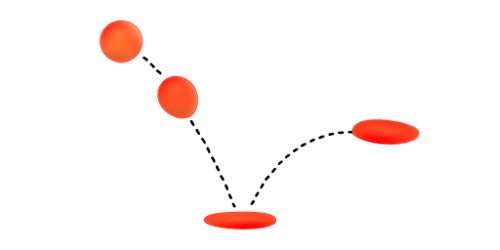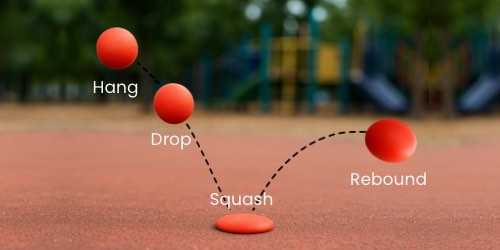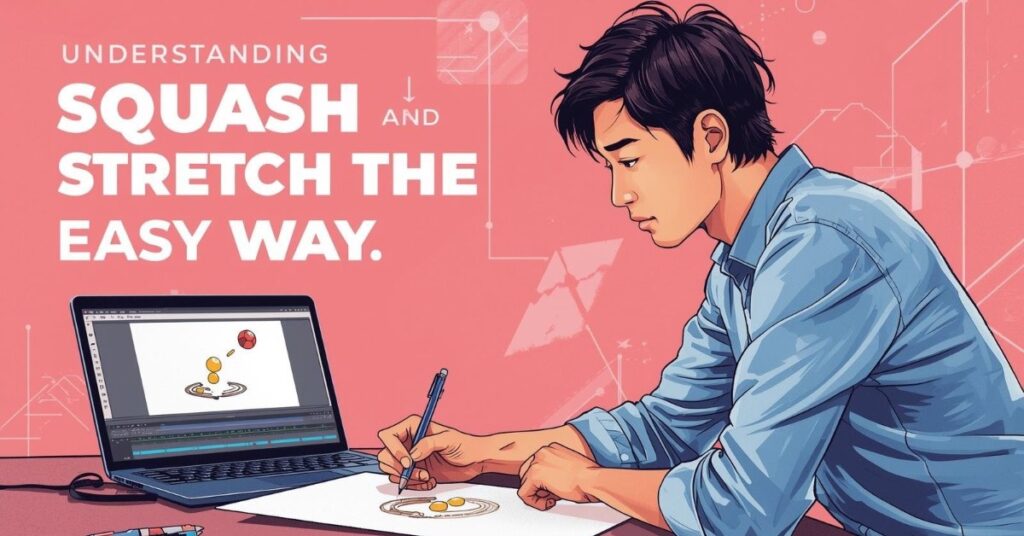Squash and stretch is the first animation principle many artists fall in love with, because it makes drawings feel alive instantly. Think of it as “breath” for motion—compression at impact, extension through speed—so even a simple ball suddenly looks like it has weight, material, and intent.
What “Squash and Stretch” Really Does
At its core, squash and stretch sells two ideas at once: weight and flexibility. When something hits, it squashes; when it accelerates, it stretches—yet its volume feels constant, so it never looks like it magically gained or lost mass.

Use it like punctuation in a sentence—subtle where realism matters, broader where comedy needs snap. A touch of S-curve on limbs or a softened cheek in dialogue can add life without shouting.
Where to Start (and What to Watch For)
Start with a single bouncing ball or a blinking eye. Push the stretch on the fastest part of the move and time the squash to the moment of contact so the audience “feels” impact rather than just seeing positions.

If you end a shot and something feels rubbery or weightless, reduce the amount, shorten the time you’re in the extreme, and double-check that the spacing accelerates into and out of contact. Little changes go a long way.
Want structured practice with feedback so your timing and spacing improve fast?
Final Thoughts
Squash and stretch is a small lever with big results: it makes motion read, materials feel believable, and moments land. Keep volume in mind, use it where energy peaks, and your scenes will start to breathe.




























